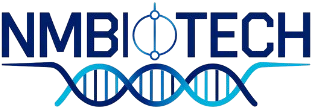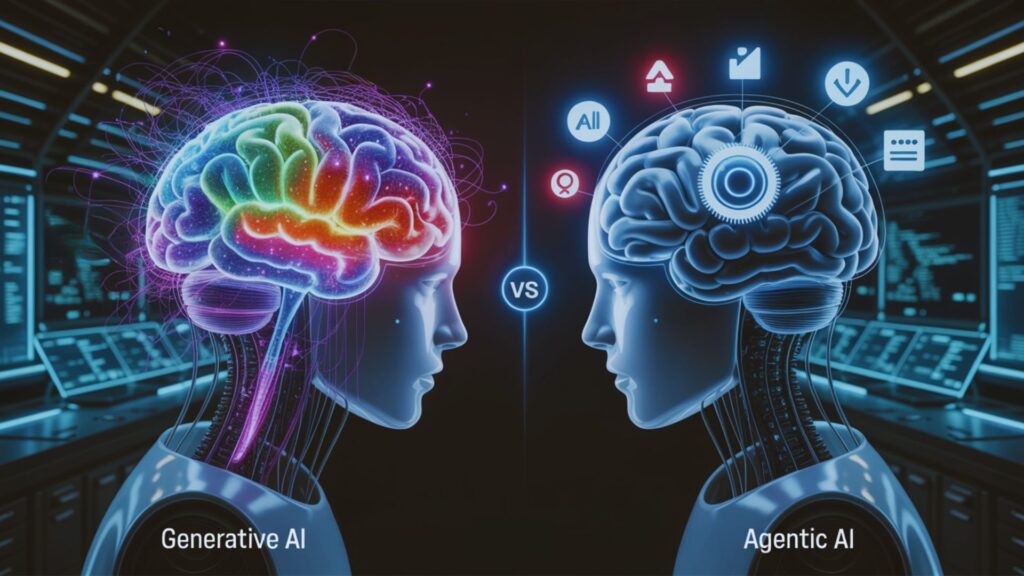
🧬 Major Breakthroughs in Biotechnology & Gene Editing – May 2025 have delivered historic moments—from personalized CRISPR treatments to gene-edited rice revolutionizing agriculture. Let’s explore the top five developments transforming science, medicine, and the world around us.
🧒 1. CRISPR Cures Infant in World-First Personalized Gene Therapy
In a global first, CRISPR-Cas9 was used to treat a newborn suffering from carbamoyl phosphate synthetase 1 (CPS1) deficiency—a rare, life-threatening metabolic disorder. The treatment was personalized, targeting the baby’s specific genetic mutation.
What makes this achievement groundbreaking?
-
Scientists used lipid nanoparticles to deliver the CRISPR components into the baby’s liver cells.
-
The gene-editing occurred in vivo (inside the body), rather than extracting cells and modifying them in a lab.
-
Within days, the baby showed normalized ammonia levels—a sign that the therapy worked.
This breakthrough redefines the scope of personalized medicine and sets the stage for treating countless other genetic disorders with custom-designed gene-editing solutions.
🌾 2. Gene-Edited Rice: Less Water, More Yield
In a pioneering step towards sustainable agriculture, India’s ICAR institutes released two new rice varieties:
-
DRR Dhan 100 (Kamala)
-
Pusa DST Rice 1
These were developed using genome editing techniques (SDN-1 CRISPR-Cas9), making them non-GMO in regulatory terms but enhanced for performance.
Key highlights:
-
Require 30% less water than traditional rice.
-
More resistant to climate change impacts.
-
Improved yields under drought and heat stress.
The release is a massive leap for climate-smart farming, especially relevant for countries battling water scarcity and food insecurity.
🔬 3. TIGR-Tas: A New Gene Editing System Without PAM
The biotech world just got a new superstar: TIGR-Tas.
Discovered by researchers at MIT and the Broad Institute, TIGR-Tas is a dual-spacer-guided genome editing system that does not require PAM sequences. This gives it a major edge over CRISPR-Cas9, which can only target DNA sites near a PAM.
What makes TIGR-Tas a breakthrough?
-
Targets more regions of the genome.
-
Reduced off-target effects.
-
Potential for editing previously untouchable genes.
TIGR-Tas could revolutionize fields like oncology, rare disease therapy, and bioengineering, especially when precision and flexibility are critical.
🧫 4. AI Finds New Antibiotic from Mammoth DNA
In an awe-inspiring discovery, scientists combined machine learning with woolly mammoth DNA to develop a new antibiotic: Mammuthusin.
Here’s how it happened:
-
Researchers analyzed ancient genes for antimicrobial potential.
-
AI predicted structural peptides with antibiotic properties.
-
Mammuthusin was synthesized and tested—proving effective against multiple drug-resistant bacteria.
This signals a major shift in how we discover antibiotics:
-
Less trial-and-error.
-
Use of extinct genomes as unexplored libraries.
-
Combating superbugs with post-genomic era tools.
This is also a potential model for the future of bioinformatics + AI drug discovery.
🚀 5. NASA Accidentally Discovers Bacteria That Can Survive on Mars
In an unexpected twist, NASA’s Jet Propulsion Laboratory (JPL) found 26 new microbial species—in the most sterilized labs on Earth.
Why it matters:
-
These bacteria survived in ultra-clean rooms built to avoid contamination.
-
Some species demonstrated traits like radiation resistance, low-nutrient survival, and even dormancy triggers—characteristics that resemble extremophile survival.
NASA is now investigating:
-
Whether these organisms could survive Martian conditions.
-
If they can be used for space biotech, like terraforming or producing oxygen and nutrients on other planets.
🔍 Why These Biotechnology and Gene Editing Breakthroughs in May 2025 Matter
Each of these discoveries reflects how far we’ve come in just one month. From personalized medicine to sustainable food, from new editing systems to AI-enabled antibiotics, the intersection of biotech and AI is driving health tech and global innovation.
If you’re a student, professional, or just a curious mind in the bioinformatics and health tech space, now is the time to stay updated and engaged.
🔗 Also Read: 5 Open-Source Bioinformatics Tools You Need in 2025
🧭 Conclusion: What’s Next?
As we step deeper into 2025, the pace of innovation is only accelerating. The breakthroughs in biotechnology and gene editing this May signal a future where diseases are curable, crops are climate-proof, and space may be the next biotech frontier.
Stay tuned to nmbiotech as we continue to decode the future of science.




